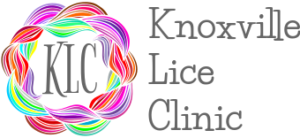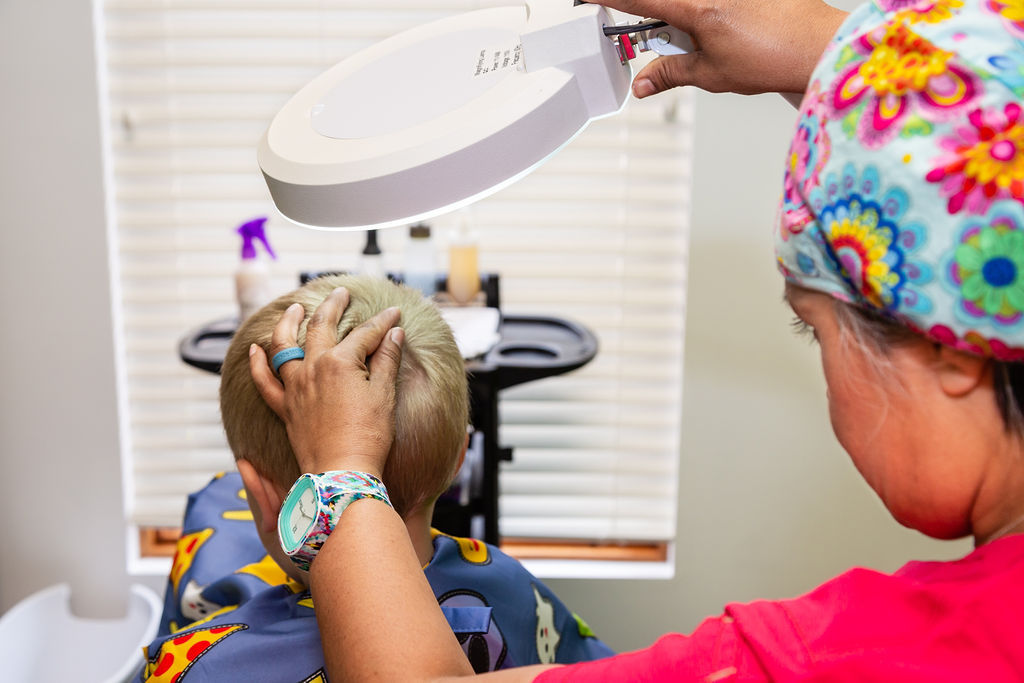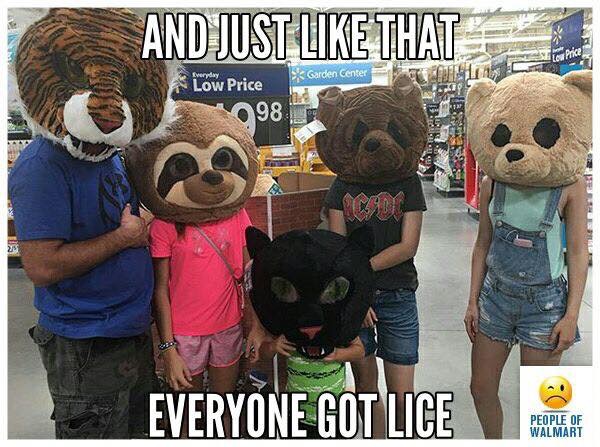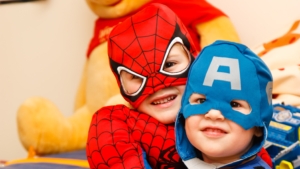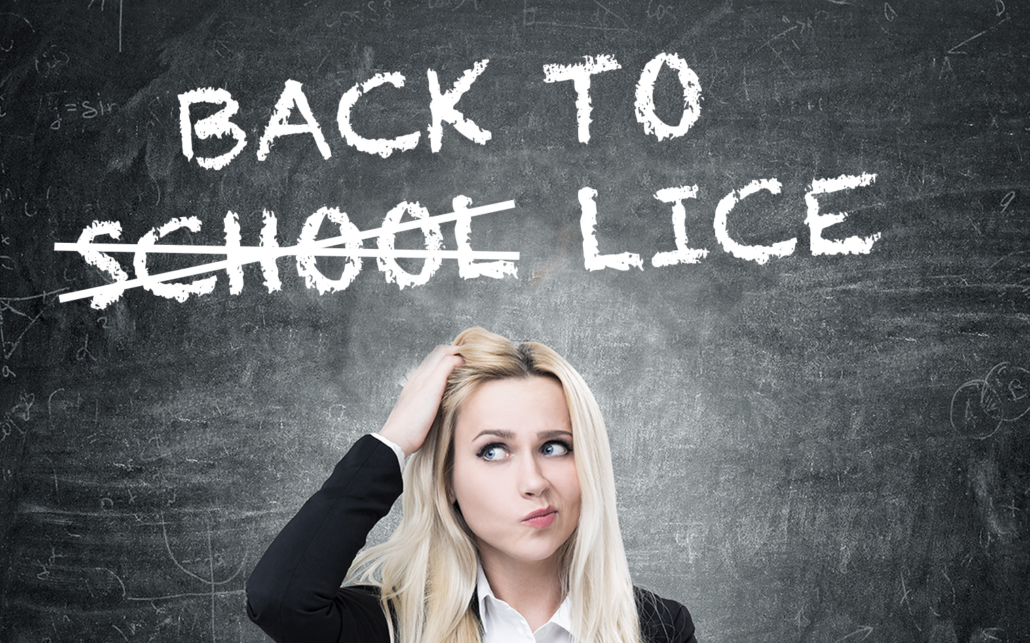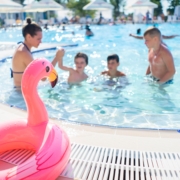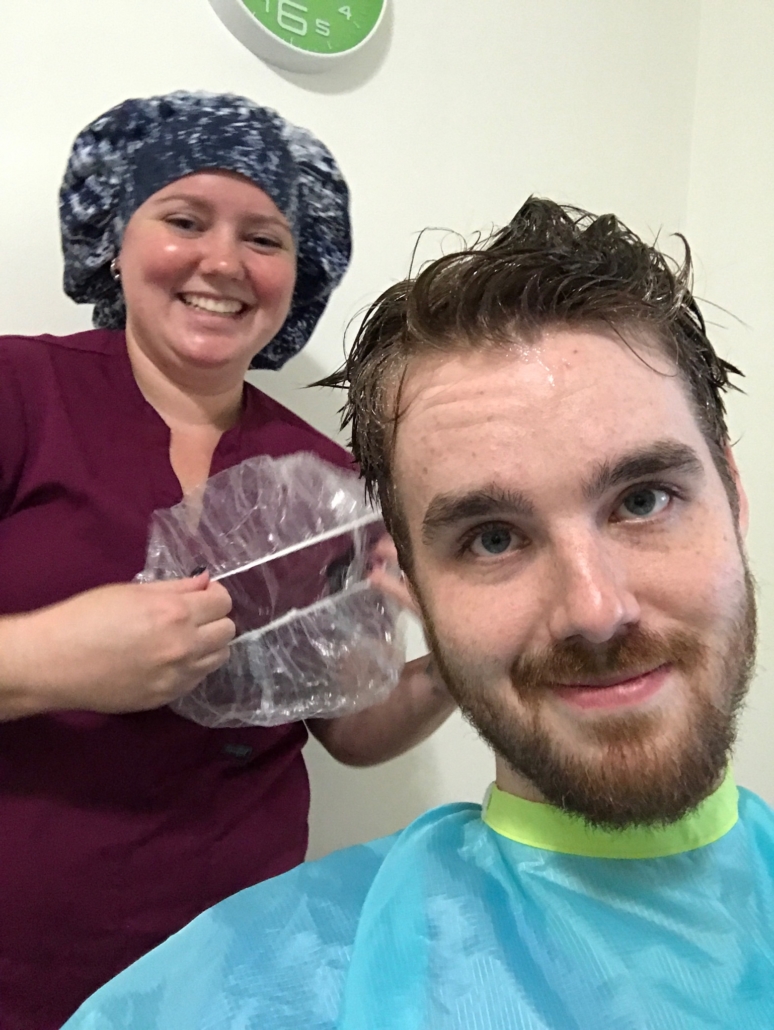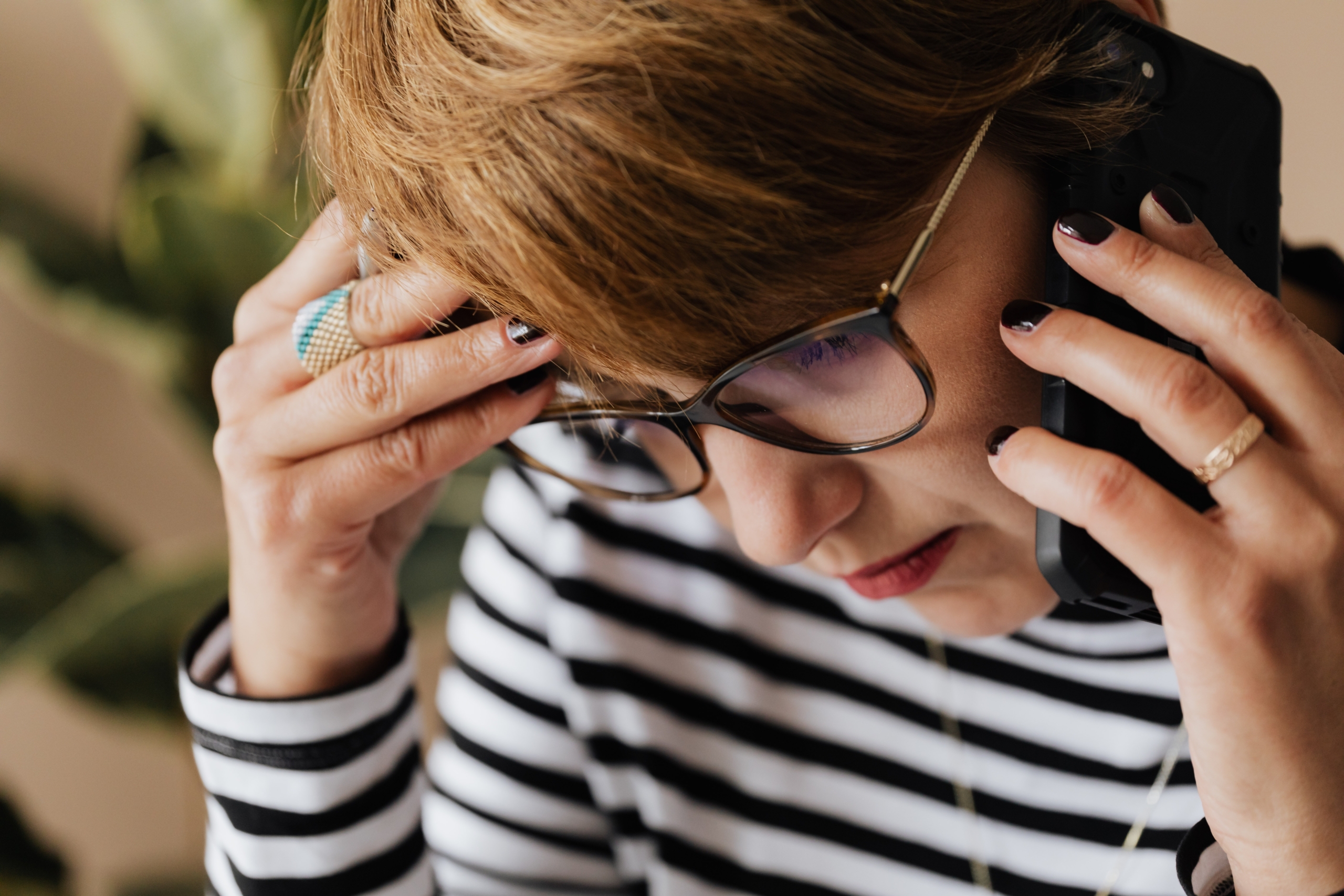Got Lice? Here’s how to treat it!
Head lice can be an intimidating thing to deal with. We offer two treatment methods that will ensure that your family is lice free! Our first treatment is a saline comb out performed by our trained clinicians in our clinic. We use a saline solution to comb through every strand of hair in order to remove as many nits as possible. We finish with our dimethicone “goop” that kills any crawling bug on the head within 10 minutes. In 7 to 10 days, we do another saline comb out in order to ensure you are completely lice free. Lice can lay eggs so close to the scalp that even our combs cannot get them. This is why we require a second treatment within 7 to 10 days following the first treatment. This allows the hair to grow enough for our combs to get the rest of the nits left behind.
Our second method of treatment is a lower cost option: our at-home treatment. With this treatment, the dimethicone goop is used on days 0, 10, and 20. In between these days, you must comb out the hair each day in order to remove the nits. By using the goop every 10 days and removing the nits, there eventually will not be any louse left to lay new eggs. A louse takes approximately 30 days to develop from an egg to an adult louse. However, a female louse that is over 10 days old is able to lay eggs. This is why it is important to comb the hair every day in between the goop treatments. The less eggs there are left to hatch, the less bugs there will be to lay more eggs.
